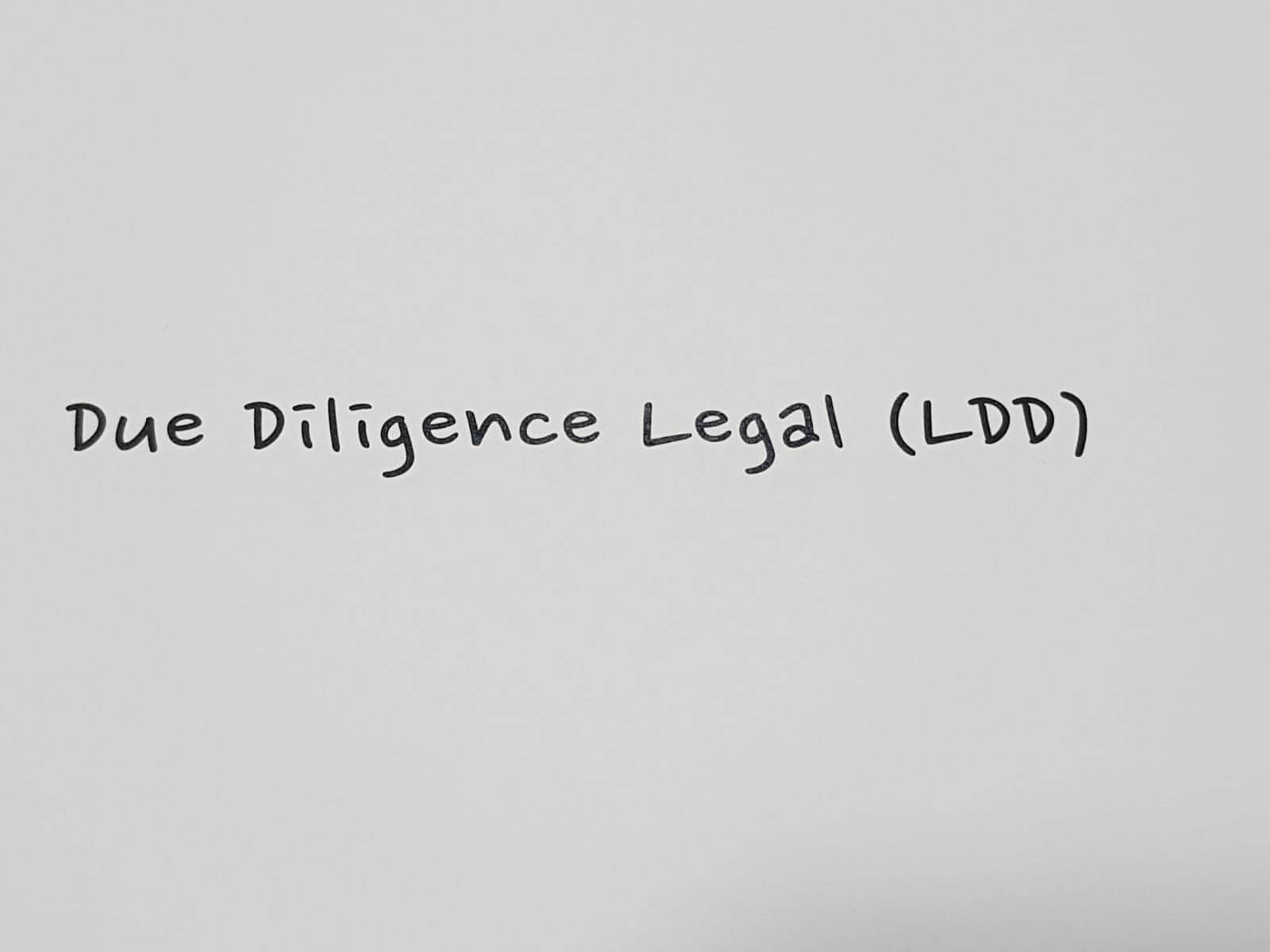
02.06.2021
11 Essential considerations before signing a Partnership Agreement
 Por
Cobo Aragoneses, José Luis
Por
Cobo Aragoneses, José Luis It is one of the biggest headaches for lawyers and advisors dedicated to the M&A world. The partners’ agreement is not just another document in a negotiation process.
Prior to the signing of this agreement, a Letter of Intent must have been signed. These documents, despite their name, go far beyond mere “intentions” and contain the limits of the contract.
In practice, it is very difficult to negotiate a Partner Agreement outside of a Letter of Intent. However, a series of reflections must be carried out before the signing of the Partners Agreement.
Contacto No te quedes con la duda, contacta con nosotros. Estaremos encantados de atenderte y ofrecerte soluciones.11 essential considerations before signing a Partnership Agreement
1.- Prudence
The first piece of advice when analyzing a Partner Agreement is:
“First, be extraordinarily prudent when negotiating a Letter of Intent. They are much more binding than their innocent name makes them seem”.
2.- The effects of the agreement arise only with respect to the person who signs it.
The Shareholders’ Agreements have the same function as the Bylaws: to regulate the life of the company. However, unlike the Bylaws (which are registered in the Mercantile Registry), the Shareholders’ Agreement only has effects against those who sign the Agreement, and not against third parties, as is the case with the Bylaws.
3.- Where are the shareholders’ agreements recorded?
All the agreements that are incorporated in the Bylaws can be included in a Shareholders’ Agreement. However, not all the covenants of a Shareholders’ Agreement can be included in the Bylaws.
4.- Veto rights
Shareholders’ Agreements normally contain veto rights of the financial or minority shareholders for the adoption of corporate decisions. The greater the position of weakness or necessity of the majority shareholder, the greater the scope of veto that the minority shareholders demand.
5.- What type of agreements are stipulated?
The following are among the usual agreements that a shareholder will seek: (i)The dividend distribution regime;(ii) The remuneration of executives and directors; (iii) indebtedness; (iv)the sale of assets; (v) the acquisition of other companies or business units; (vi) the granting of powers of attorney; (vii) capital increases; (viii) the appointment of auditors; (ix)the suppression of preemptive rights in capital increases; (x) the regime for the transfer of shareholdings; (xi) the right to carry forward, the right of follow-on, in the sale of the Company or of a particular business unit….

Si te ha interesado este artículo no dudes en leer:
Shareholders’ Agreements vs. Bylaws: Which prevails?
6.- The decisions of the General Shareholders’ Meeting and the Administrative Body.
This point is critical. It must be established which decisions are the responsibility of the General Meeting (members) and which are the responsibility of the Administrative Body (Board).
7.- Never give up the Presidency and the Secretariat of the Administrative Body.
You can never transfer the Presidency and the Secretariat of the administrative body. You must at least ensure that one of these positions on the Board is designated by you. Both are critical.
8.- The “dragging” effect.
Any non-majority investor will demand to drag everyone to sell, if there is a buyer who wishes to acquire the whole Company. This demand has a price. And you will have to maximize it.
9.- Requirements of minority investors
Any investor who is not a majority shareholder will demand that the Company’s key executives remain after their exit as partners. This will facilitate the purchase of their participation and improve their exit price.
In addition to the above, they will require that the partners who manage the Company, dedicate themselves exclusively to it. This requirement is usually much stricter than it may seem a priori. In addition, it is usually incompatible with being a partner in other companies, even family companies, or teaching, or belonging to other Boards… It is very important to delimit beforehand the extent to which they are willing to give in.
Finally, they will demand that if a partner sells his or her shareholding, they have the right to exit pro rata to their shareholding.
All of these demands also come at a price. And you will have to maximize it.
10.- The Imbalance Factor (1)
Imagine that your investor, experienced in these matters, wants to impose abusive conditions on you. Suppose that your insolvency or illiquidity situation forces you to accept these conditions. Think that this investor is very satisfied with the way you have been subdued (to avoid the word “humiliated”). Well, that investor is an idiot. And if your project is a good one, he will end up biting the dust.
Much of what has been said, but not all, happens the other way around.
11. The Imbalance Factor (2)
Imbalance is incompatible with investments. If your project is good and goes ahead, the dependence of the project on the Founders is absolute. Whatever the contracts say, there will be time to reverse the situation. Some arrogant investor will say “Pacta Sunt Servanda”. And we will have to reply “Of course, covenants are to be honored”. But motivation is not regulated in the contract, isn’t it? Or is there a clause in the contract that obliges me to be motivated?
This has already happened hundreds of times. The imbalance in a contract, in fact nullifies the effects of the contract.
Prove that the project is good, that it makes sense. There will be time to reverse the imbalance.
Conclusion
The proposed reflections can be very useful to achieve the signing of a satisfactory Partner Agreement. It is necessary to be prudent, to analyze the operation strictly, and to negotiate maximizing our interests. All this, without forgetting that we are signing a pact between future partners.
If this article has been of interest, we also suggest you to read the following article published on our website: Differences between abusive agreements, harmful agreements, and agreements contrary to law and public policy.












